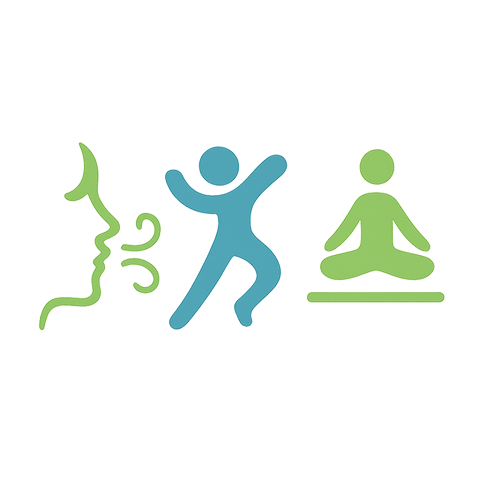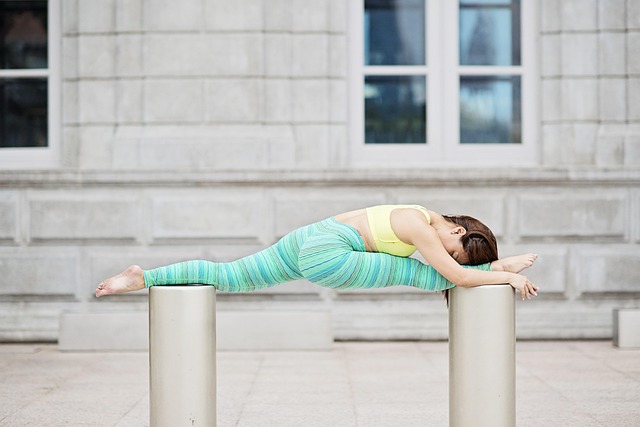As we age, maintaining mobility can become a significant challenge, yet it’s crucial for a fulfilling and active life. Understanding the importance of conditioning for retirees can empower you to stay agile, energetic, and independent.
Our bodies evolve with time, and so do our physical capabilities. Embracing a proactive approach to conditioning not only helps retain mobility but also boosts overall well-being. Here are some effective conditioning tips tailored specifically for retirees:
1. Start with Gentle Warm-Ups
Before diving into any physical activity, it’s essential to prepare your body. Gentle warm-ups such as arm circles, leg swings, and neck rolls can help enhance circulation and prepare your muscles and joints for movement.
2. Incorporate Strength Training
Strength training is vital for maintaining muscle mass and bone density. Simple exercises using resistance bands or light weights can be incredibly beneficial. Focus on major muscle groups by performing exercises like seated leg lifts, wall push-ups, and bicep curls.
3. Embrace Flexibility Exercises
Flexibility is key to maintaining a full range of motion and reducing injury risks. Incorporate stretching into your daily routine. Activities like yoga or tai chi can be excellent for enhancing flexibility while promoting relaxation and mindfulness.
4. Integrate Balance Training
Balance tends to decline as we age, increasing the risk of falls. Simple balance exercises, such as standing on one foot or using a balance board, can significantly improve stability. Consider joining a balance class designed specifically for seniors for an engaging experience.
5. Stay Consistent
Consistency is key in conditioning for retirees. Aim to include physical activity in your routine several times a week. Make it fun by inviting friends or family to join in, turning it into a social event rather than a chore.
6. Listen to Your Body
It’s crucial to pay attention to how your body feels during and after exercise. If something doesn’t feel right, re-evaluate your approach or consult with a healthcare professional. Everyone’s body responds differently, and modifying exercises to suit your capabilities is perfectly acceptable.
7. Explore New Activities
Conditioning doesn’t have to be monotonous. Try out new hobbies like swimming, dancing, or even gardening, which provide excellent opportunities for physical activity while keeping you engaged and motivated.
By incorporating these conditioning tips into your routine, you can enhance your mobility and experience the joy of an active retirement. Remember, it’s never too late to start taking care of your body!




